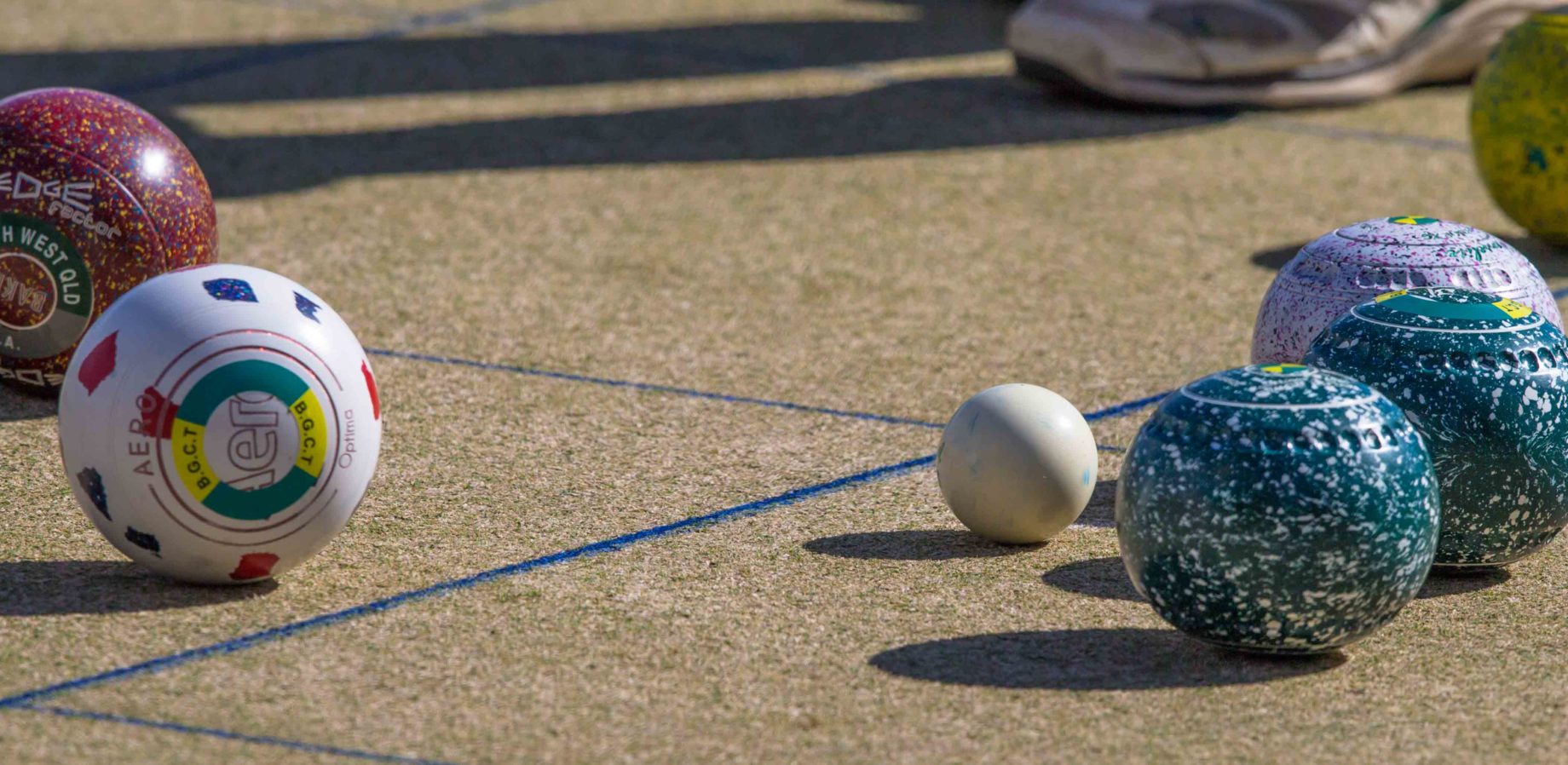Teamwork and coaching leads to success
By Mal Mackney
I feel that a lot of bowlers don’t take practice or training seriously enough. Too many times I hear the comments such as, “I play two to three times a week so I “don’t need to practice” which means it is possible to avoid the difficult shots, the uncomfortable shots or even avoid playing a “weak” hand or “I meet my five mates and we have an hour roll up before going for a beer” which means just that. Having a roll up with no actual purpose, except enjoying each other’s company and often reinforcing bad habits and mistakes.
So, what is good practice?
Simply, practice MUST be for a reason, be regular and be purposeful. The goals the player is trying to achieve will determine the intensity of each practice session. With this in mind, all drills/sessions must have a measurable element. For example, 70 per cent of bowls within one metre/one mat length/one mat width of target.
During practice sessions:
The player should be aiming for perfection by meeting the measurable elements of the session. Have a scoring system with points for the accuracy for each bowl.
Remember: Close enough is NOT good enough and how you train is how you play. With this last cliché in mind, during practice sessions players should be dressed just as they would be for a game.
Practice sessions should have a time limit. During a practice session of one hour, a bowler will often bowl the equivalent of the same number of bowls as during an afternoon of bowls. The session should start with a warm-up and two trial ends followed by drills and finished with a warm down and debrief.
The drills should, as close as possible, reflect real game situations. For example, set up the drill to resemble a shot that had to be played recently during a game that didn’t come off. During the practice session try to have at least two different drills/ skills. One up and one back on two rinks. This helps place the different deliveries into the players long term memory.
- End 1: Draw to the target area just behind the Jack.
- End 2: Draw to within 1 metre of Jack in ditch.
These are just two examples of possible drills. Players should consult with their coach for further drills. There are also numerous coaching websites with great tips and drills on the internet. Just type “lawn bowls coaching” or “lawn bowls drills” into your favourite search engine.
Always practice short, medium, long ends and forehand and backhand for all drills. NEVER accept short bowls in practice. Don’t just practise your weaknesses. The player should also consolidate their strengths. This should be decided before the session begins, for example 65 per cent weakness and 35 per cent strength.
Players should train their mind (concentration on and off and winning attitude) and their muscles (controlled momentum through summation of forces, smooth delivery/release). Players should also be aware of their “ShotClock/Line”(the routine they go through in pre-predelivery, predelivery, delivery, follow through and waiting) and practise this as part of their practice session.
As much as possible a player should be working with a coach and these sessions should be one-on-one. Definitely, no more than three in a group. The coach will get to know the player and be able to pick up any slight changes in delivery or setup that might affect final success or otherwise of the shot.
Finally, with continued purposeful practice, the impossible shot becomes possible, the fluke is actually a planned shot and the look of dismay from your opponent when you play it is pleasurable justification for all that PRACTICE. PRACTICE, PRACTICE, PRACTICE!




